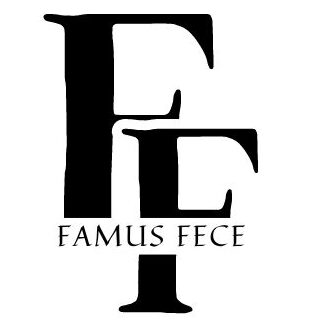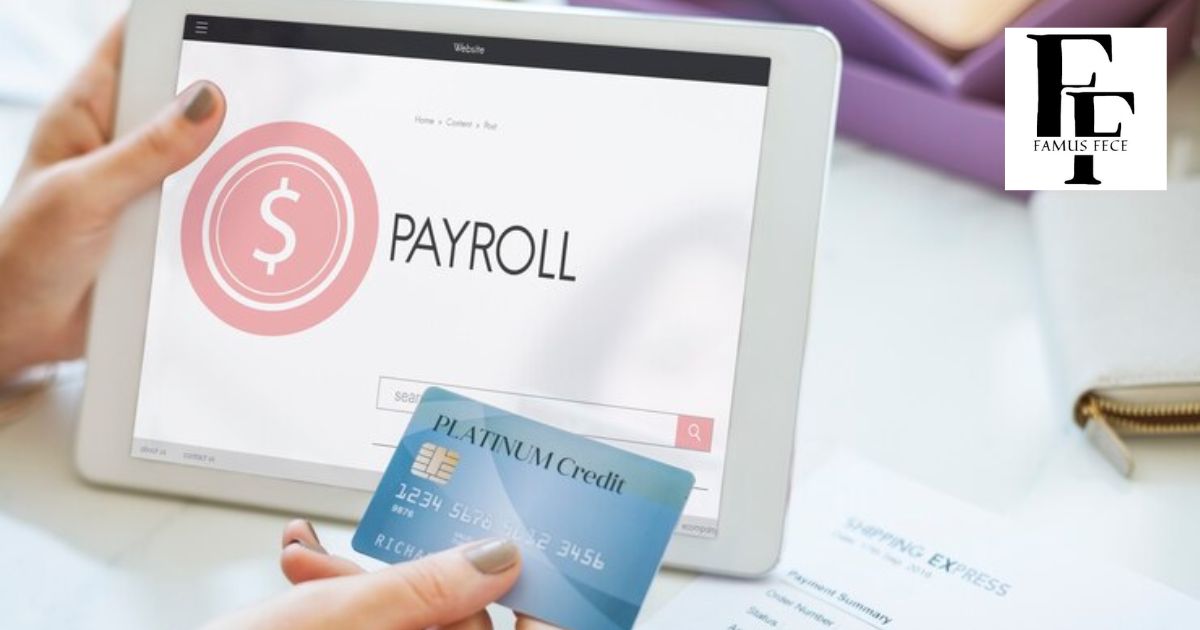Have you noticed an unfamiliar charge called “PNP BILL PAYMENT” listed on your bank statement recently? Many bank customers have seen this mystery charge and wondered what it could be. PNP BILLPAYMENT is a standard billing method used by cities and municipalities, but it’s unclear what the charge means without any explanation.
Figuring out mysterious charges on your bank statement can be frustrating and leave you feeling confused. You hand over your hard-earned money each month to pay bills, so you want to understand where every penny is going. A charge called “PNP BILL PAYMENT” had you scratching your head and saying.
By learning what the “PNP BILL PAYMENT” charge means, you’ll have some peace of mind knowing your money is being used. Keep reading to get a clear description of this billing term and how it may be connected to payments you’ve already made. Taking a few minutes now could help you budget with confidence in the future.
What does PNP bill payment mean on the bank statement?
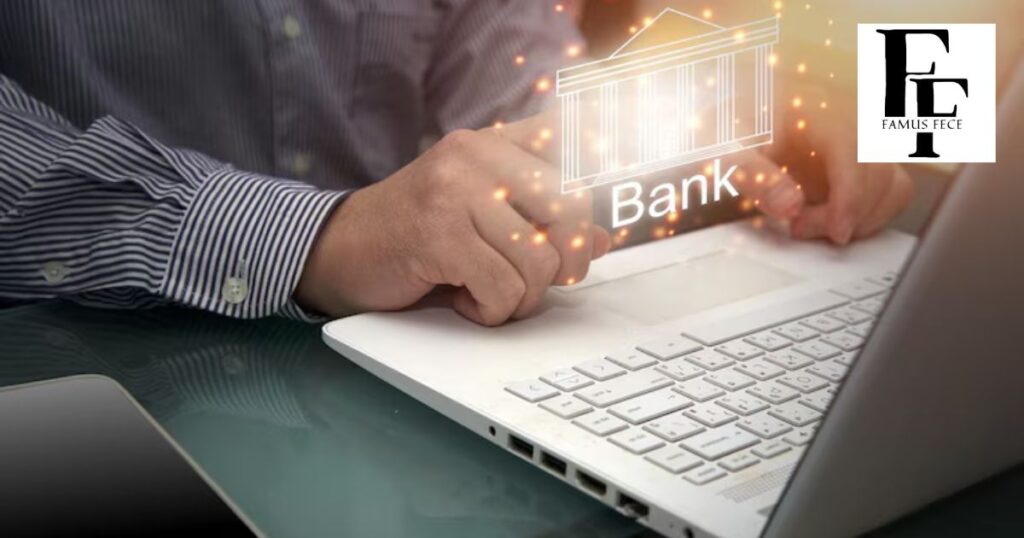
Have you come across a charge listed as “pnp billpayment” on your bank statement recently? You’re not alone. This term can be confusing for many people seeing it for the first time. “pnp bill payment” stands for Plug’n Pay Bill Payment. It’s a payment processing service used by cities and municipalities to collect bill payments online. When you see this charge, it means you’ve used the Plug’n Pay system to pay one of your regular bills like utilities, taxes, or other city services.
Plug’n Pay (PNP) acts as a middleman to process payments from customers’ bank accounts or credit cards to billing organizations like utility companies. Your bank statement shows a “pnp billpayment” charge as a record of this transaction.
The amount charged matches what you paid the bill collector for things like water, electricity, property taxes, etc. So a PNP bill payment charge indicates you’ve recently used Plug’n Pay to pay one of your regular bills online or over the phone.
Read More About: What is the BP FDMS CAT charge on your bank statement?
Uses of Plug’ n Pay (PNP):
- Pay rent bills
- Pay water bills
- Pay property taxes
- Pay sewage charges
- Pay electric bills
- Make pet license payments
- Pay building permit fees.
Contact point of Plug’ n Pay (PNP):
- You can contact Plug’n Pay by visiting their website at the URL PlugnPay.com.
- You can also contact your bank or credit card company if you need help resolving any issues.
How does the PNP bill payment appear on a bank statement?
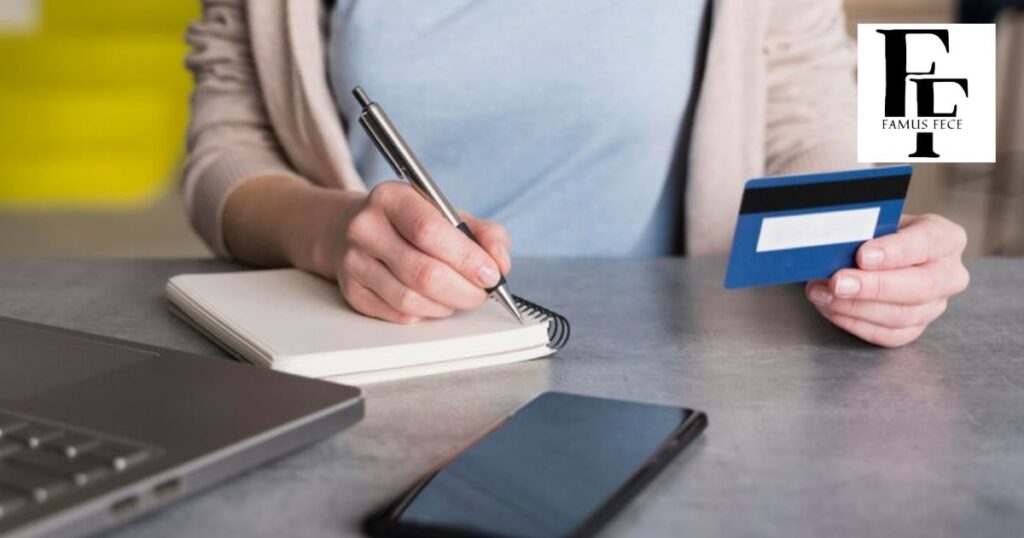
A pnp bill payment charge will appear as a separate line item on your monthly bank statement. It will be listed under the column of debits or expenses. The statement will provide details of the transaction, such as the date it was processed and the payment amount, and may include additional information to identify what the payment was for.
Standard identifiers include the billing organization name, customer account number, or keywords like “bill pay” to indicate it was an online bill payment. Having these details listed makes it easy to tie the charge back to a bill you recently paid.
Your bank statement is a record of all financial activity on your account each month. A PNP bill payment charge indicates payment was made through a third-party processor rather than to the billing company. Seeing the details helps recognize bill payments processed this way and avoids any confusion over unfamiliar charges.
Why does the PNP bill payment charge appear on my bank statement?
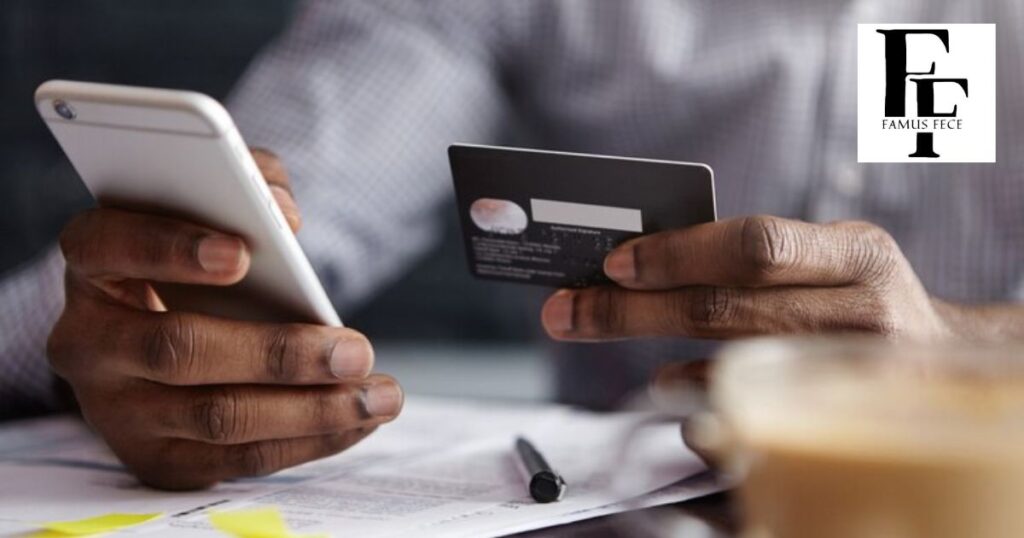
A PNP bill payment charge on your bank statement refers to a bill you have paid using Plug’n Pay’s services, which acts as an intermediate payment platform between you and the billing organization. Plug’n Pay allows convenient online or phone payments of all kinds of regular bills for services like water, electricity, taxes, etc.
Anytime you use Plug’n Pay to pay one of your bills, your bank statement will show a pnp billpayment charge as a record of that transaction. This helps recognize that a charge from your account was directed via Plug’n Pay as payment for a utility bill, tax amount, or other regular-due payment you’ve already made. Seeing the PNP bill payment label clarifies the purpose of the charge.
FAQ’s
What is PNP bill payment?
Pnp bill payment refers to a payment made through Plug’n Pay, an online bill payment processing service. It allows customers to pay various bills, and the charge on your statement is from using this service.
How can I pay my bills using pnp billpayment?
You can visit the Plug’n Pay website or call their customer support number to set up an account. This will let you make one-time or automatic bill payments that are processed through Plug’n Pay.
Why did I get charged fees for PNP bill payments?
Plug’n Pay may charge a small convenience fee for using their bill pay services. This covers the costs involved in processing payments to the billing organization on your behalf.
How can I view my payment history?
Plug’n Pay customers can access an online account portal to view all payments made through the service, including dates, amounts, and which bills were covered.
Is my information secure when using pnp billpayment?
Yes, Plug’n Pay uses encryption technology and adheres to strict security protocols to ensure all payment data and credentials stay protected.
What bills can I pay with a PNP bill payment?
Everyday bills that can be paid include utility bills, property taxes, cable/internet, mobile phones, and other regular monthly payments to various service providers.
Who can I contact for help?
Plug’n Pay customer support is available by phone or email to answer questions.
Conclusion
The “PNP BILL PAYMENT” charge on your bank statement refers to a bill that was paid through the Plug’n Pay online payment processing service. Plug’n Pay allows easy and secure payment of regular bills like utilities, taxes, or other city services. Whenever this service is used to process a bill payment from your account, your bank statement will show a “PNP BILL PAYMENT” charge along with details of the transaction.
While it may seem unclear at first, understanding that Plug’n Pay is the intermediary platform helps recognize these charges as corresponding to bill payments you’ve already made. Don’t be confused by the label – now you know what the “PNP BILL PAYMENT” charge means on your statement.
Read more information by clicking at this link.

Experienced website administrator Specializing in general topics. Skilled in managing content, Optimizing User Experience, and ensuring site functionality. Dedicated to Delivering Quality and Engaging online experiences for Visitors.
